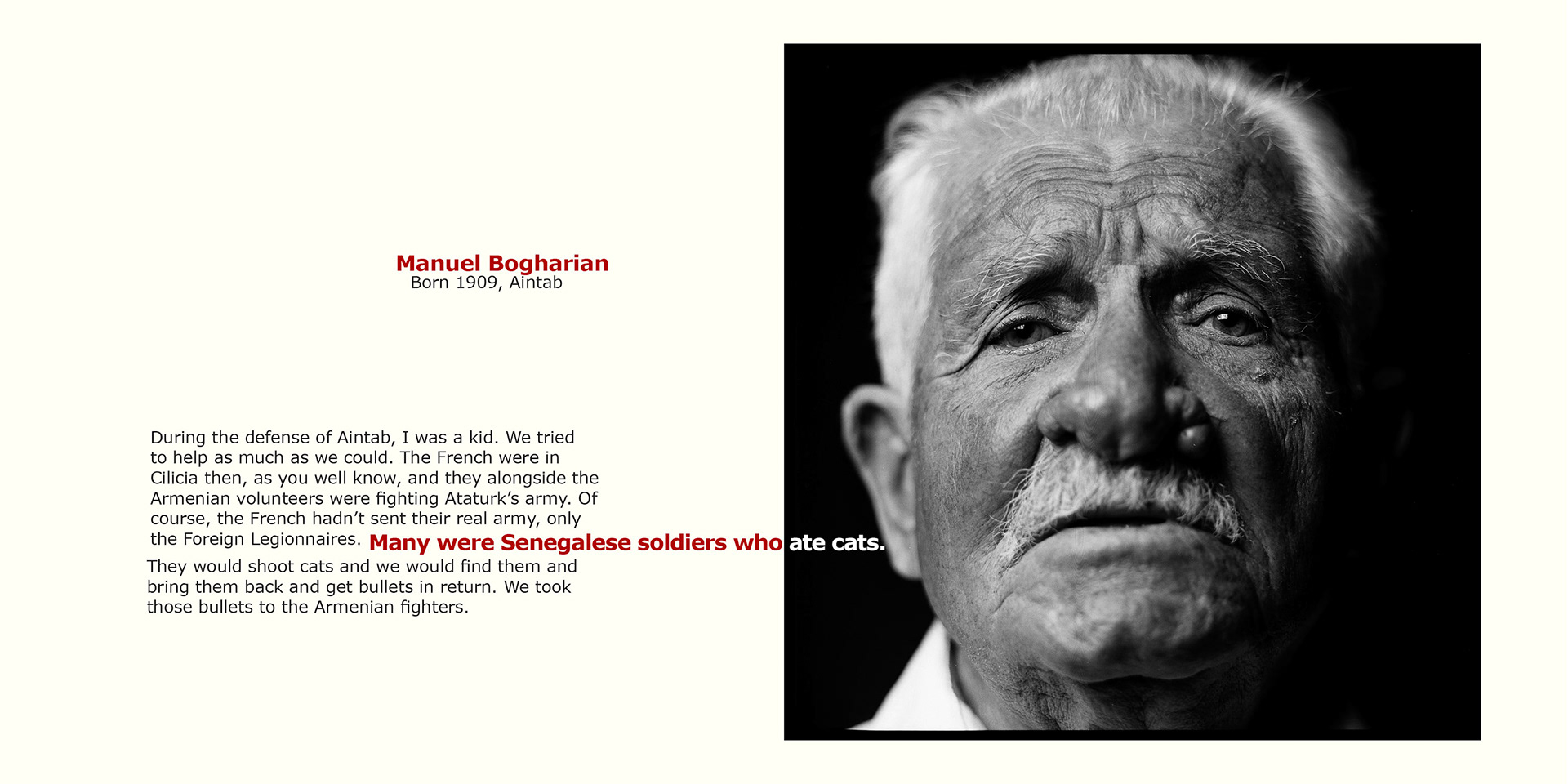“These portraits, like the survivors themselves, function as testimonies of the Genocide
and the subsequent lives in the Diaspora. In other words, these works are images
of resistance. The survivors’ direct, confrontational gazes are no longer those
of terrified young children fearfully looking into their perpetrators’ eyes begging for
their lives, but rather, they are the defiant eyes boldly looking out and claiming a
place – a voice – in history.”
and the subsequent lives in the Diaspora. In other words, these works are images
of resistance. The survivors’ direct, confrontational gazes are no longer those
of terrified young children fearfully looking into their perpetrators’ eyes begging for
their lives, but rather, they are the defiant eyes boldly looking out and claiming a
place – a voice – in history.”
Ramella D. Abbamontian, PhD, scholar and art critic













